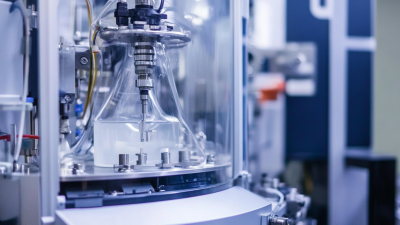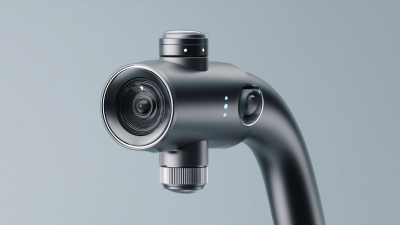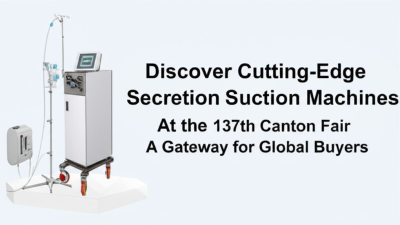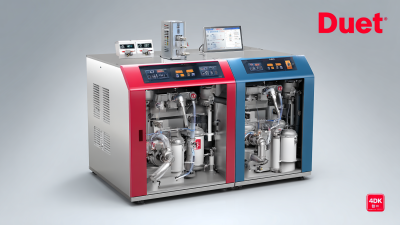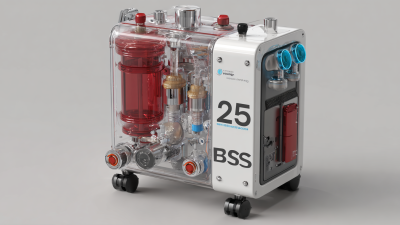The selection of the appropriate Yankauer Suction Device is critical for ensuring optimal patient care and procedural efficiency in various medical practices. As reported by the American College of Surgeons, the effectiveness of suction devices is paramount in minimizing complications during surgeries, with studies indicating that improper suction management can lead to a 25% increase in surgical risks. The Yankauer Suction Device, known for its rigid design and effective suction capabilities, remains a staple in operating rooms, emergency departments, and outpatient settings.
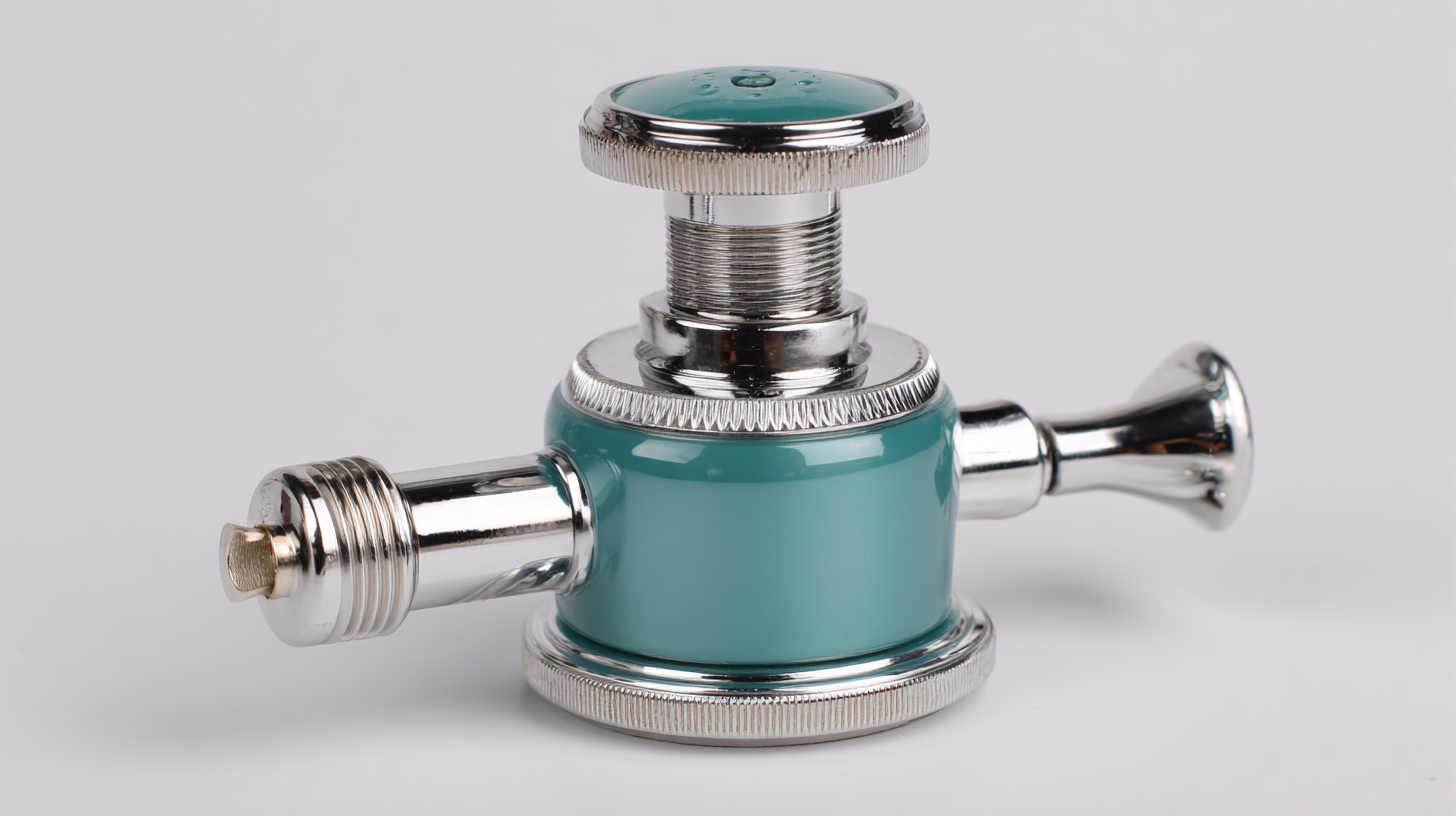
With the global market for surgical suction devices projected to reach $1.2 billion by 2026, understanding the key features and specifications of the Yankauer Suction Device is crucial for healthcare professionals seeking to enhance their practice and ensure patient safety. This guide aims to provide a comprehensive overview of the factors to consider when choosing the right Yankauer Suction Device for your practice, empowering you to make informed decisions that align with industry standards and patient care objectives.
When selecting a Yankauer suction device for diverse medical procedures, several critical factors must be considered to ensure optimal performance and safety. First and foremost, the specific medical applications should guide your choice. Different procedures may require varying suction strengths and sizes; therefore, understanding the specific needs of your practice is essential. Ensure that the selected device matches the procedural specifications and provides adequate suction without excessive trauma to surrounding tissues.
Additionally, compatibility with existing equipment and ease of use are paramount. A Yankauer suction device should integrate seamlessly with your surgical tools and provide a user-friendly experience to minimize complications during procedures. Factors such as material quality, sterilization capabilities, and ergonomic design contribute to the overall efficacy and safety of the device.
Finally, consider the feedback from peers and medical professionals regarding their experiences with different models, as this can offer valuable insights into reliability and performance in real clinical settings.
The design of Yankauer suction devices plays a crucial role in patient care outcomes, influencing both procedural effectiveness and patient safety. A comparative analysis reveals that variations in suction tip design can significantly impact fluid removal efficiency and the risk of airway trauma. For instance, a study published in the "Journal of Clinical Anesthesia" reported that devices with a contoured tip achieved a 30% improvement in fluid clearance compared to traditional straight tips, which can lead to reduced surgery times and enhanced recovery rates for patients.
When selecting a Yankauer suction device for your practice, it's essential to consider the specific needs of your procedures and patient demographics. Factors such as the device's size, weight, and tip design can affect the ease of use and comfort during operations.
Tips: Always opt for materials that are compatible with the suctioning procedure to minimize the risk of allergic reactions. Regularly assess the device's effectiveness in your surgical protocol to ensure optimal patient outcomes. Additionally, seek feedback from surgical teams on device performance to identify any areas for improvement.
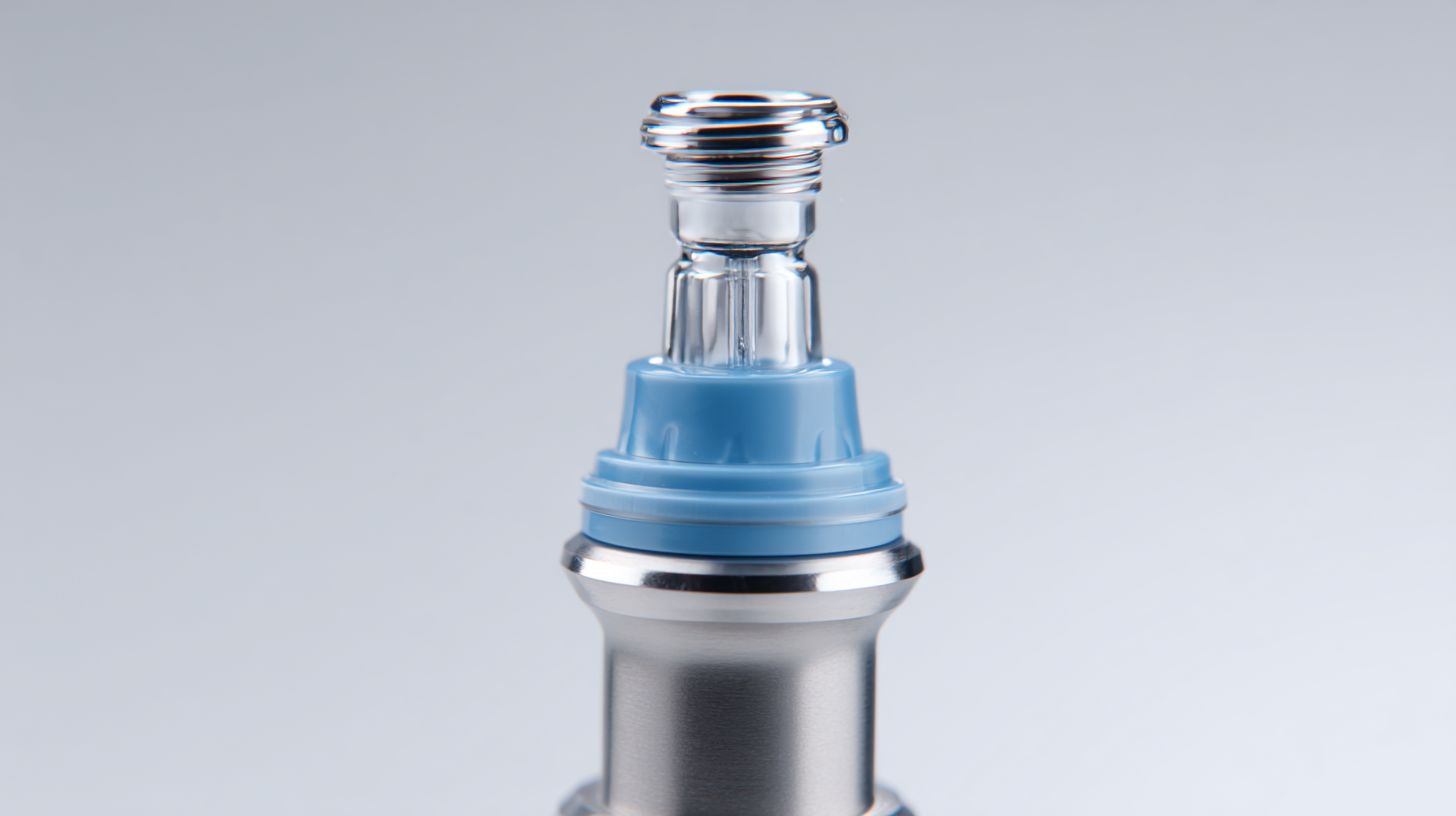
When selecting a Yankauer suction device, understanding the suction flow rate is crucial for effective patient care. The flow rate dictates how quickly and efficiently fluids can be removed from the surgical site, which is essential during procedures where visibility and cleanliness are paramount. Industry standards typically recommend a flow rate of 20 L/min for most applications, ensuring adequate suction without excessive trauma to surrounding tissues. Adhering to these benchmarks helps healthcare providers maintain a sterile environment and optimize surgical outcomes.
Moreover, different medical settings might require variations in suction flow rates based on the complexity of the procedure or the nature of the fluids involved. For instance, high-flow rates may be necessary in large volume surgeries, while delicate procedures may benefit from a more controlled suction experience. Familiarity with the specifications of available Yankauer devices, including their flow rate capabilities and design variations, allows practitioners to make informed choices tailored to the demands of their practice. Thus, thorough analysis of industry standards related to suction flow rates is vital in ensuring optimal performance and patient safety.
Advancements in Yankauer suction technology have significantly improved both efficiency and safety in clinical settings. Modern Yankauer devices are now designed with ergonomic handles and lightweight materials, making them easier to maneuver during procedures. Enhanced suction capabilities allow for swift removal of fluids, minimizing the risk of contamination and maintaining a clear view of the surgical field. These improvements are critical in high-stress environments, enabling healthcare professionals to focus on patient care without the hindrance of cumbersome tools.
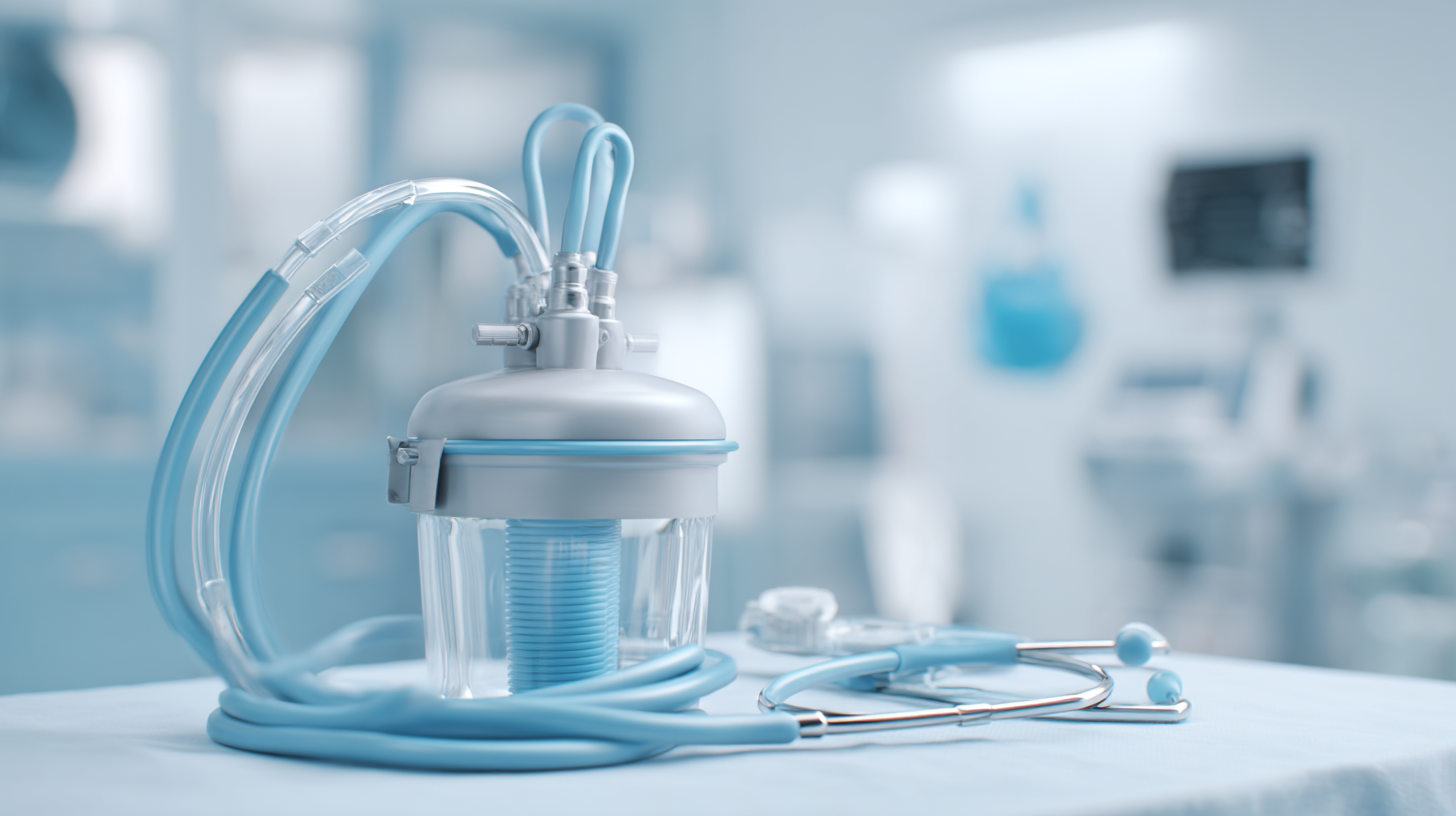
In addition to ergonomic designs, innovations in features such as antimicrobial coatings and built-in suction control mechanisms further enhance safety. Antimicrobial surfaces reduce the risk of infection by preventing bacteria growth on the suction device, while adjustable suction levels allow for customized performance based on the specific needs of each procedure. These enhancements contribute to a more streamlined workflow, ensuring that procedures are not only efficient but also uphold the highest standards of patient safety. As technology continues to evolve, staying informed about these advancements is essential for practitioners seeking the best tools for their practice.
In clinical settings, the cost-effectiveness of Yankauer suction devices is increasingly coming under scrutiny, especially as healthcare providers seek ways to optimize their resources while maintaining high standards of care. By employing a data-driven approach that evaluates both the upfront costs and the long-term benefits of these devices, practitioners can make informed decisions tailored to their specific needs. This analysis not only considers the durability and reliability of suction devices but also their performance in critical situations, such as emergency procedures and complex surgeries.
The latest innovations in airway management highlight the importance of enhancing suction devices for optimal performance and portability, particularly in military contexts. In combat environments, where airway compromise poses a severe threat to survival, the need for efficient suction devices becomes paramount. Evaluating these devices through a lens of performance metrics and user feedback can guide improvements, ensuring that they are effective in the most demanding scenarios. This data-centric perspective not only informs the selection process but also reinforces the significance of cost-effectiveness in producing outcomes that enhance patient safety and operational efficiency.
